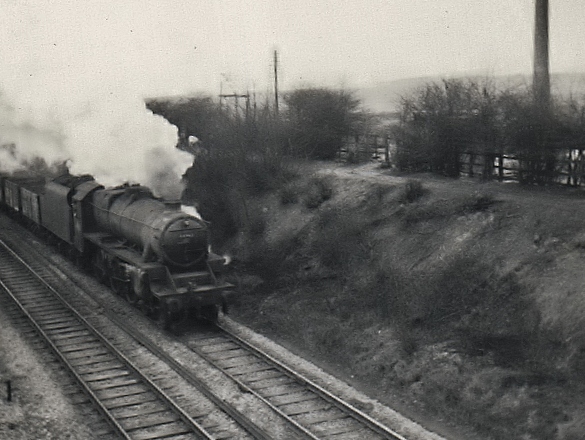
Guy Cox’s lifelong interest in mechanical engineering was sparked by the railway at Woodlesford. One of his grandfathers was a gardener on the Lowther estate at Swillington House. His other grandfather was a miner at Lowther’s Primrose Hill colliery.
He remembered the sound of the steam engines echoing across the Aire valley as they hauled heavy coal trains along the main line towards Stourton. As a youngster he cycled down the hill to watch coal being loaded onto Tom Pudding barges on the canal at Swillington Bridge.
After that he went to Applegarth bridge and to the station to watch the trains and was an early member of the war time trainspotting craze which swept the country following the publication of the first Ian Allan books of engine numbers.
Later he would travel by train into Leeds to go spotting, often visiting the Holbeck Low and High Level stations. Guy became a crane engineer with the National Coal Board and worked at most of the pits in the Castleford and Whitwood district, including Water Haigh, during the 1960s. For many years he was the captain of the bell ringers at Woodlesford church and later at Swillington church.

In retirement Guy was still active as an engineer building large model replicas of traction engines which he exhibited at shows around the country. He passed away in September 2012. Click on the link below to listen to his memories.
Guy Cox – Wartime trainspotting at Woodlesford

